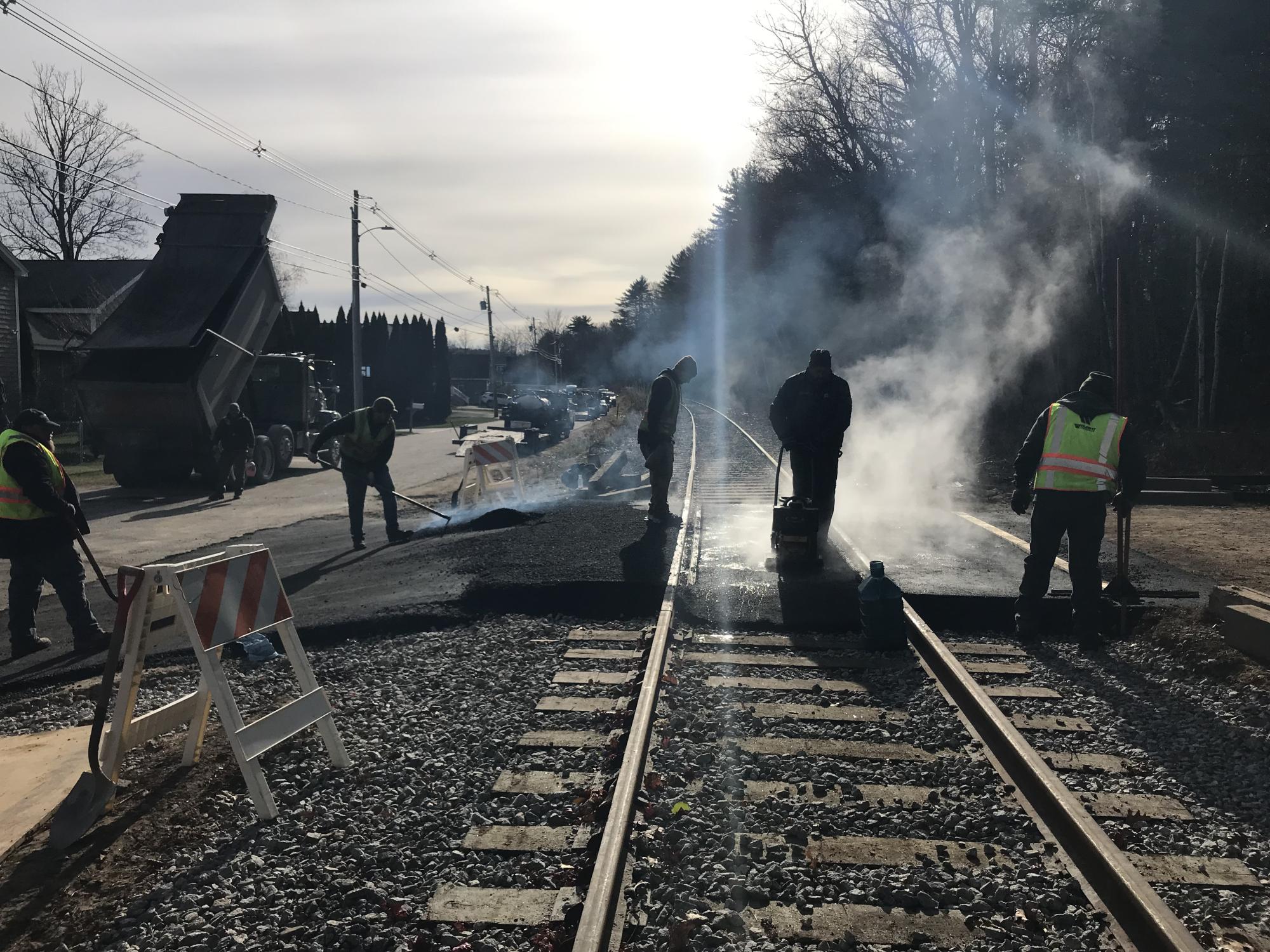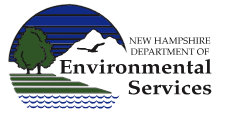The information contained in this article is not intended as legal advice and may no longer be accurate due to changes in the law. Consult NHMA’s legal services or your municipal attorney.
Exploring the Succession Planning Process
Planning for the future is never high on anyone’s list and oftentimes it’s why we get caught in a bind. It’s always easier to delay this discussion. But in our business, succession planning is essential to ensure the continued operation of our wastewater treatment facilities.
Succession planning is a strategy used to pass leadership roles down to another employee or group of employees. This strategy involves identifying potential successors for key critical roles and making sure they are prepared for the job ahead. The most common question is “How to get started?”, but the most important question is, “When to get started?”, and the best answer to that is “Now”. This article will tell you how to get the process started.

1 – Make a Plan
Take a look at your organization chart. If you operate a small facility, it may be easy with just a few positions, but for larger facilities it may involve multiple functional units. Start by identifying and examining the key roles in your team and answering these three questions
- What’s the day-to-day impact of each position?
- What duties are mission critical?
- If the person currently in a position is unavailable or leaves your plant, how would that affect your operations?
The goal of succession planning is to build a stronger, more stable organization. This would mean that your organization can ensure continuity of operations if important people move on to new opportunities, retire, or win the lottery!
2 – Identify Back Up
Once you understand how the departure of certain employees might hamper your operations, you will need to identify team members who could potentially step into those positions.
Ask yourself some more questions:
- If you hire from inside for a particular position, which employee would be the strongest candidate to fill this role?
- Does this candidate have the proper certifications, such as the proper grade wastewater or collection system certifications?
- Would the candidates need training? If so, what type?
If you are fortunate, you may find that you work in an organization that is structured in a way that the obvious successor may be the person who is subordinate to each of the positions under consideration. However, do not overlook other promising employees who may excel at the skills that would be required for a particular job. Look for staff who would thrive in another role, regardless of where they may be on the organization chart.
3 – Talk to All Your Employees
It is important that you never assume you know each employee’s career goals as it will be really disappointing to find out at an inopportune moment that an employee you have planned for a move is simply “not interested”. It is best to start with a simple meeting with each employee about how they view their professional future before making any of your succession choices. These interviews can help you see the goals of each individual and can further help you narrow in on potential staff members who would make a good backup for critical duties.
Once you identify your key staff members, meet with them again and explain why they are an ideal candidate for positions of increasing importance, how they can learn to perform critical duties and how this will help them continue their professional growth.
4 – Don’t Promise Anything
Since most of us work in publicly owned facilities, we know that funding and budget priorities can change dramatically. You should start each employee discussion with an understanding that there are no guarantees and that situations can change due to many circumstances. Some of these changes are out of your control. Issues can arise with the candidate or other factors in
the organization, like a new superintendent, sewer commissioner, DPW director, union contract changes, budget cuts or other external factors.
Staff need to know this development will help them in the long run even if they decide to work at your organization or elsewhere. Therefore, it is in their best interest to work with you and build their own personal development plan!

5 – Professional Development Plan
Next, talk to them about what steps they will need to take to prepare themselves. If you are fortunate, the candidate or your organization may have already begun educating and preparing candidates. If not, you (along with any section heads or immediate supervisors) will need to get working on a Professional Development Plan for each employee.
Professional development can take many forms! We could write a whole article about this topic. In brief, you need to identify the knowledge, skills and abilities needed for a given position and then set about creating opportunities for the employee to gain those skills. Opportunities can include classes, on-the-job training, job rotations, schooling and/or earning certifications. Another overlooked method is connecting them with a mentor who can boost their abilities in the critical areas, especially in the soft skills. Those in key leadership positions must have strong communication skills and polished interpersonal abilities, such as diplomacy and empathy.
After the Professional Development Plan has been in place for a while and the employee has gained some new skills, you need to look for an opportunity to test them on what they have learned.
6 – Take a Vacation
This is the fun part! Do not wait until there’s a staffing crisis to test your employees. The best way to see if a candidate has the right stuff to assume a more advanced role is for someone to take a vacation. During this vacation, allow the potential successor to assume some responsibilities of the manager who’s taking the vacation. This will allow the employee to gain valuable experience. The employee will also appreciate the opportunity to grow and test their gained knowledge.
Another great way to test your employees is to set them up with a job rotation. Staff may enjoy the freshness and novelty of a new assignment. They will also develop new skills and be able to network with new people. Most employees who participate in a job rotation enjoy a reduction in monotony and this can improve job satisfaction. At the same time, managers will be able to see how employee skills are developing and who may be the best fit for future promotions.
7 – Return and Re-examine
After the vacation you can meet in person with the returning manager and the employee to go over the experience. This may help identify how to update and improve the professional development plan. Don’t expect them to “get it” the first time. Letting them fail at tasks will better prepare them than your “saving” them every time. Failure can actually be a great learning tool. It’s important not to assign blame and to take note of suggestions the employee may have to avoid future failures. This builds rapport with employees as pitfalls are identified and solutions are crafted.
Steps five, six and seven can be repeated until the candidate is fully prepared to assume all potential future duties.
8 – Fine Tune Your Hiring Process
Once you have identified all your potential successors for key critical roles you will have to see where gaps in necessary talent will occur. Identifying your potential gaps can help you target
which skills, knowledge and abilities you will need to acquire via hiring or to develop in existing staff members. To fill these identified gaps you may need to add duties to SJD’s, consider reorganizing how your units work, reclassify any positions that are lacking and even add additional positions that your plan needs.
9 – Don’t Forget Yourself
Your number one job as a manager is to make sure you have properly trained your successor! Even if you are years away from retirement, things can happen, you might win Megabucks, be offered your dream job at a wastewater facility in Hawaii, or receive a promotion in your current organization.
10 – Stick with Your Plan
Transitions happen for all types of reasons and can ultimately have a positive impact on an organization. Back in Step Four, we cautioned our employees that there are no guarantees and that situations can change. Regardless, it is to the benefit of the organization to stick with your plan. Even with the “no promises speech” employees will have expectations. Organizations who fail to follow their plan can create bad feelings with staff members. For example, hiring manager from outside the organization could cause key people who were expecting a promotion to leave and may lower the morale of those who remain.
To avoid this, keep working on your plan, be honest, let staff know upfront that sometimes situations in an organization could result is seeking new perspectives. But as much as possible it is best to continue the teamwork and anticipate changes to your plan to avoid this situation. Constant communication can help manage the expectations of your employees.
With succession planning, you may not be able to avoid the risk of losing key staff members to a better opportunity. Employees recognize that you make their personal development a
priority they will be more likely to stay. You also will be building a more robust team, improving morale, building essential skill and letting employees know they are valued.
You will find that changes in your team’s lineup are inevitable. You may not always be able to predict a valued employee’s departure, but through effective succession planning, you can make life simpler for those who carry on the mission of providing Clean Water.
Implementing these ten simple steps of succession planning in your organization will help you better plan for the future. Oddly enough, Covid-19 has brought the need to have emergency succession planning more sharply into focus than ever before, so don’t wait for the next disaster to prepare, start NOW.
While your staff members aren’t fixed assets — they are your most important asset! Invest in them and they will take care of your physical assets no matter what comes along.

Ray Gordon is the WWTF Administrator for the Winnipesauke River Basin Program (WRBP). The WRBP is a state-owned and operated sewer system and wastewater facility serving ten communities in the lakes region of New Hampshire. Ray may be reached by phone at 603.934.9936 or via email at raymond.t.gordon@des.nh.gov.